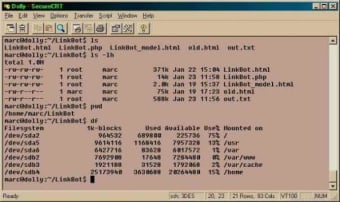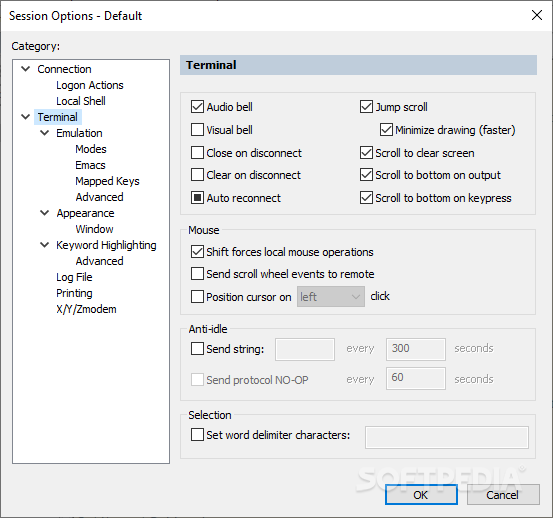

Note that the file must be saved as ANSI, otherwise the task will fail.
Securecrt 7.0 download#
We can download the script here and import the pre-edited CSV file. SecureCRT scripts are used to perform automated tasks, and importing Sessions is one of them. Usually we can manually add SecureCRT Sessoins, but sometimes we need to add a lot of Sessoins. NOP protocol commands Importing SecureCRT Sessions Such a command can be used to ensure the connection is still alive or that the server is responsive. Many computer protocols, such as telnet, include a NOP command that a client can issue to request a response from the server without requesting any other actions. The Anti Idle function on SecureCRT can be used to prevent the Telnet/SSH client session automatically disconnecting due to timeout. We can adjust the Scrollback Buffer up to 128000. The default Scrollback Buffer on SecureCRT is 500, but 500 lines are not enough in many situations such as show tech or show run. If we need to display the color, we need to check the color option. Unfortunately, the source is no longer known, so I don’t know who the sharer is. The following is the configuration file I am using. Download the configuration file on the official website or GitHub, then overwrite the configuration file. The configuration file directory is in %appdata%\VanDyke\Config\keywords, the suffix is. We can also use shared configuration files. Regular expressions are based on the syntax used in Python. We need to create a keyword highlighting profile. Keyword highlighting allows us to focus on specific text content. We can also find shared color schemes on GitHub.

SecureCRT has multiple color schemes built in, and we can create/edit Custom Color Schemes. In SecureCRT, we can easily copy and paste text with one click of the mouse. When using terminal window, we often need to copy & paste text content. I found some useful tips & tricks when using SecureCRT, which are summarized below.

SecureCRT is powerful, high-usability terminal emulator.


 0 kommentar(er)
0 kommentar(er)
